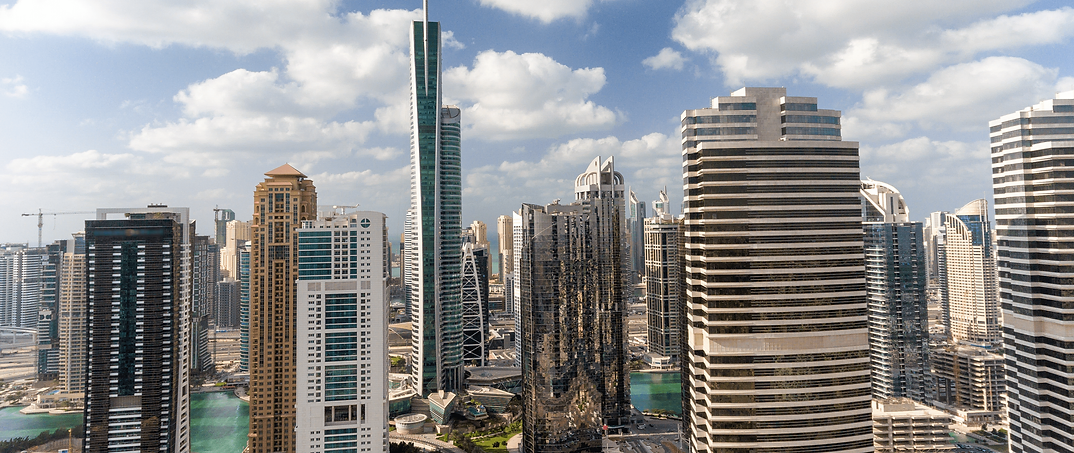In an increasingly uncertain and risk-laden world, the art of protective security has become a paramount concern for individuals, organizations, and governments alike. This multifaceted discipline is far more than just physical protection; it’s a holistic approach that encompasses risk assessment, threat management, and the safeguarding of valuable assets. This overview gets into the core principles of protective security, shedding light on the strategies from a protective security specialist that fortify against an array of potential threats.
Physical security measures: A first line of defense
The physical protection of assets is a foundational aspect of protective security. This encompasses a variety of measures, from access control systems and surveillance to security personnel and fortified perimeters. The aim is to create a robust physical barrier against unauthorized access, theft, vandalism, or more sinister threats.
Personnel training and awareness: Building a security culture
The art of protective security extends to the human element. Training and awareness programs are instrumental in fostering a security-conscious culture within an organization or among individuals. By educating personnel about security protocols, risk identification, and crisis response, a protective security culture is cultivated.
Security intelligence and threat analysis: Staying ahead of risks
To be truly effective, protective security must stay ahead of emerging threats. Security professionals monitor evolving risks and trends through security intelligence and threat analysis. This knowledge informs the adjustment of security measures and the development of proactive strategies to counter new threats as they emerge.
Access control and authentication: The right people, the right access
Access control is a fundamental protective security measure. It ensures that only authorized personnel gain access to specific assets. Modern technologies, such as biometrics and smart card systems, enhance access control, enabling organizations and individuals to manage and monitor who enters secure areas or accesses sensitive data.
Environmental risk mitigation: Addressing natural disasters
In addition to human-made threats, protective security extends to environmental risks. Addressing natural disasters, such as floods, earthquakes, and hurricanes, requires the implementation of protective measures such as building reinforcement, evacuation plans, and disaster recovery strategies.
The art of protective security is a multifaceted discipline that addresses the complex landscape of risks in the modern world. It encompasses a wide spectrum of measures, from physical security and cybersecurity to crisis management, personnel training, and access control. By integrating these protective security principles, individuals and organizations can fortify themselves against the diverse threats they face, ensuring the safety and security of their valuable assets in an increasingly risky world.



